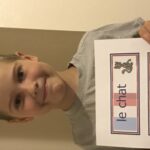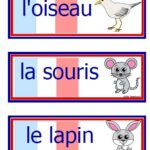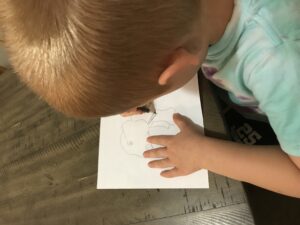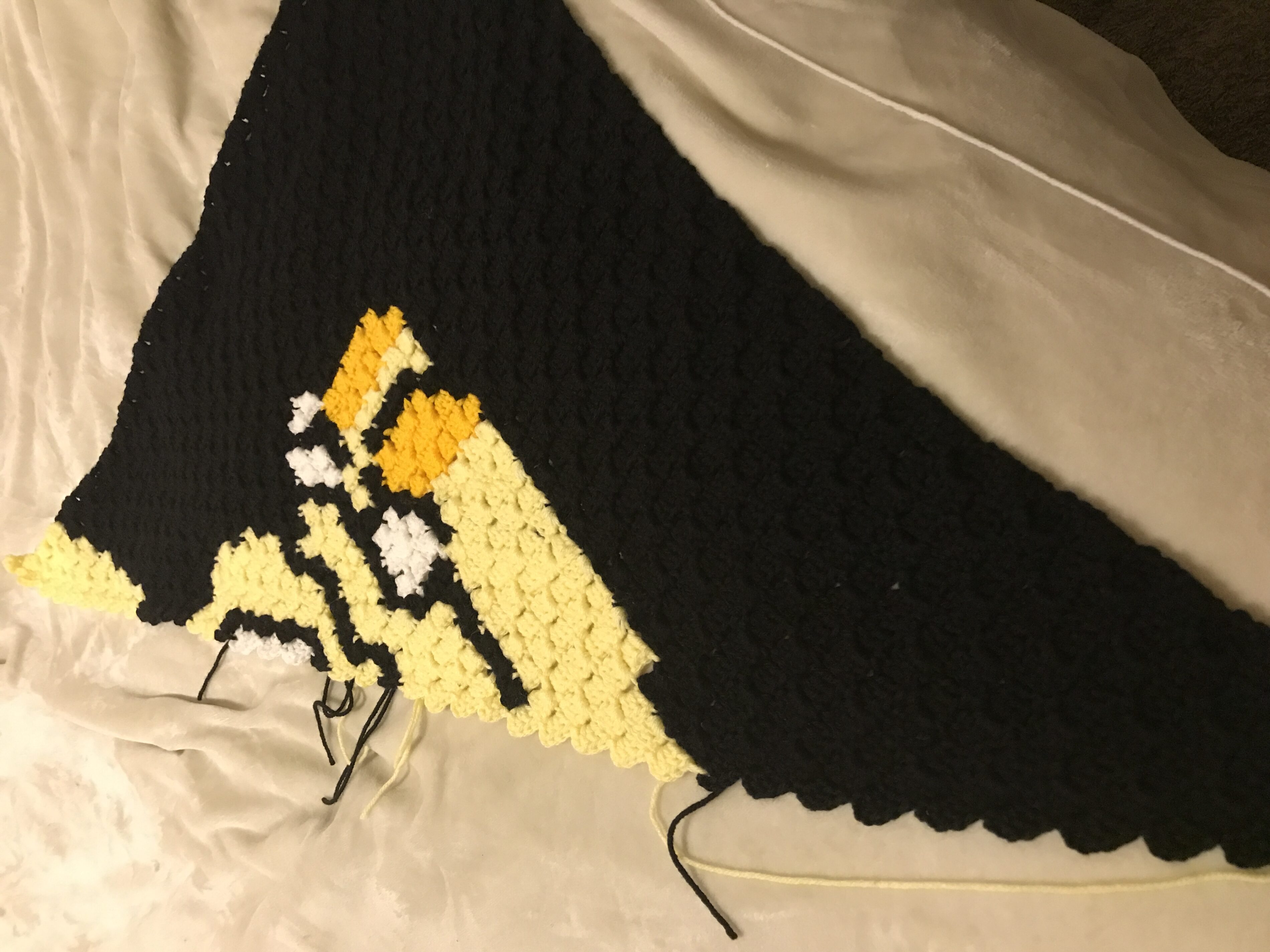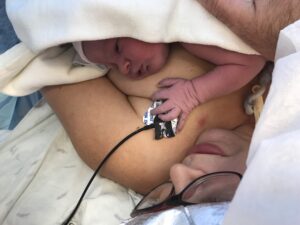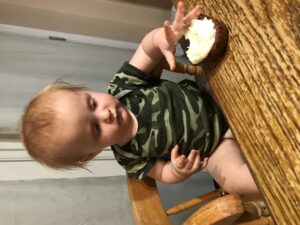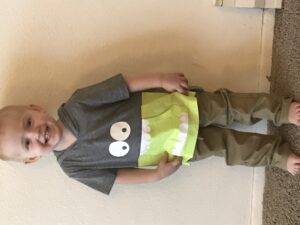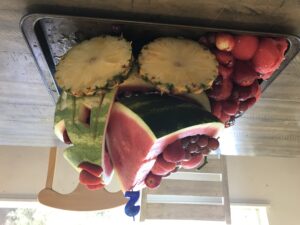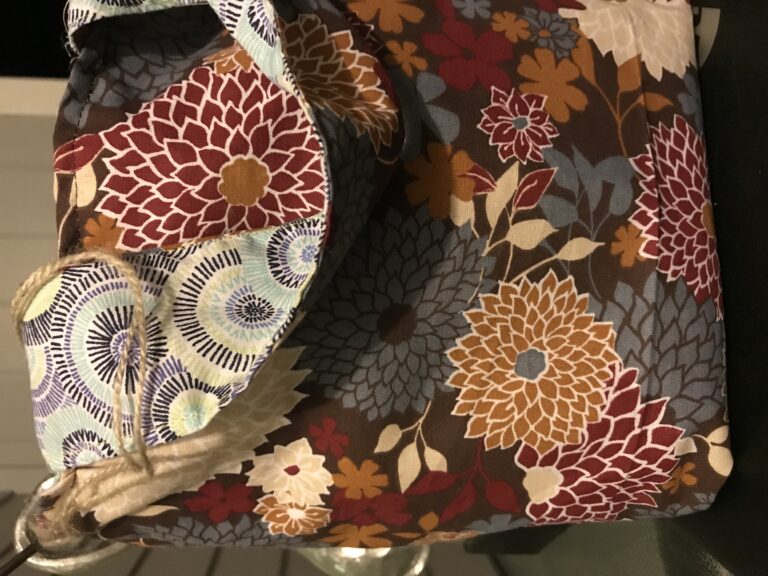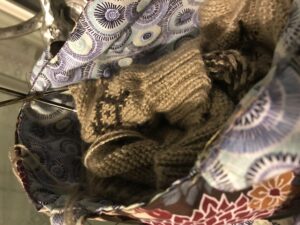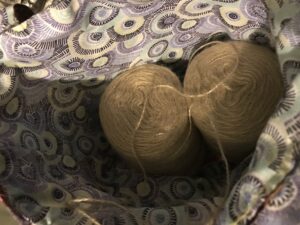Math and Algebra (review)
Disclaimer: I received a FREE copy of this product through the HOMESCHOOL REVIEW CREW in exchange for my hones review. I was not required to write a positive review, nor was I compensated in any other way.

Scorpion is a tough kid to teach math to. He struggles a lot, and I often feel like a bit of a failure when I realize some of the things he doesn’t know well that I think he should be able to do quickly and easily. We’d been using another online math program, and he was doing reasonably okay with it, but he wasn’t advancing as quickly through the lessons as his brothers were. So when the opportunity to review MathandAlgebra.com came up, I thought, Maybe he needs a different approach. So I applied for the review on his behalf.
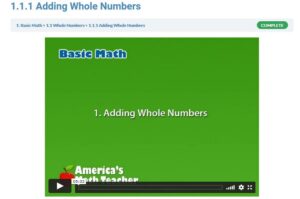 MathandAlgebra.com is another online math instruction system, and is put out by Math Essentials. It uses the same teacher, Richard Fisher, and a very similar format. The main differences are that A) there isn’t a physical textbook and B) it’s got a wide variety of levels in one program (there are 4 courses, to be exact: basic math, advanced math, pre-algebra, and algebra). Let’s talk about the system for a few minutes.
MathandAlgebra.com is another online math instruction system, and is put out by Math Essentials. It uses the same teacher, Richard Fisher, and a very similar format. The main differences are that A) there isn’t a physical textbook and B) it’s got a wide variety of levels in one program (there are 4 courses, to be exact: basic math, advanced math, pre-algebra, and algebra). Let’s talk about the system for a few minutes.
When you first log in, you’re taken to what’s called the Group Leader console. This is basically like a teacher dashboard. Options to look at here include My Students (a list of the students registered on your account), My Account (where you can monitor payment info and orders), My Dashboard (where you can see how far into each course you or your student are), My Courses (where you can select a course to work on), and My Profile (where you can adjust your username, password, and contact info). Everything except for My Courses is basic enough that what I put in parentheses is all you really need to know about them.
Our Course
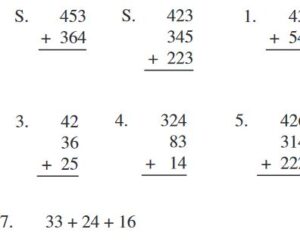 As I mentioned, Scorpion (age 14) is the student I had work on MathandAlgebra.com. Because I could tell based on our previous math experience with him this year that he had a lot of holes to fill, we started with Basic Math. This turned out to be the right course of action for him; it’s challenging him enough that it’s not a waste of time, but it’s not so challenging that he’s getting overly frustrated.
As I mentioned, Scorpion (age 14) is the student I had work on MathandAlgebra.com. Because I could tell based on our previous math experience with him this year that he had a lot of holes to fill, we started with Basic Math. This turned out to be the right course of action for him; it’s challenging him enough that it’s not a waste of time, but it’s not so challenging that he’s getting overly frustrated.
Each lesson starts with an instructional video taught by “America’s Math Teacher,” Richard Fisher. These are all fairly short, running in the 4-10 minute range. When the video is over, students then scroll down and download (really just open, though, not truly download) the corresponding worksheet. This is a series of problems that correspond with the lesson being taught. Work is done on a separate sheet of paper. When the student has solved the problems, they (or you) can then refer to the answer key to correct their work. The answer key can be found on the same page as the video and the worksheet download. It’s a download link identical to the worksheet one, except it’s labeled “key.”
Basic Math has 85 different lessons, all following the same format as what I described in the previous paragraph. The lessons are broken down into units:
- Whole Numbers
- Fractions
- Decimals
- Ratios, Proportions, and Percents
- Geometry
- Number Theory and Algebra
- Integers
- Charts and Graphs
- Probability and Statistics
- Word Problems
Each unit has a different number of lessons, usually in the 8-12 range. And then at the end of each series of lessons, there is a quiz. At the end of the entire course, there is a final quiz.
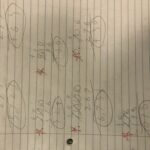 Scorpion worked on this as his main math curriculum over the past month, and I’m happy to say that I can see drastic improvement in his work. There have been a few lessons in which he got 100%. I don’t think that’s ever happened with him, so this is fantastic news! Literally the only thing we had an issue with was the whole “doing the worksheet on separate paper.” His handwriting isn’t the best, so it was sometimes tricky to correct his work – I had to really pay attention to where he’d written each problem in order to make sure I saw his actual answer. It didn’t occur to me to just print out the worksheets until I started writing this section – if it had, that would have been a lot better for us! Now that it has become something I’ve thought of, I will definitely be doing this for him from now on, because I really do want him to continue with this program. Did I mention that he’s gotten 100% on some of the lessons?!
Scorpion worked on this as his main math curriculum over the past month, and I’m happy to say that I can see drastic improvement in his work. There have been a few lessons in which he got 100%. I don’t think that’s ever happened with him, so this is fantastic news! Literally the only thing we had an issue with was the whole “doing the worksheet on separate paper.” His handwriting isn’t the best, so it was sometimes tricky to correct his work – I had to really pay attention to where he’d written each problem in order to make sure I saw his actual answer. It didn’t occur to me to just print out the worksheets until I started writing this section – if it had, that would have been a lot better for us! Now that it has become something I’ve thought of, I will definitely be doing this for him from now on, because I really do want him to continue with this program. Did I mention that he’s gotten 100% on some of the lessons?!
Make sure to head over to the Review Crew blog to find out more about MathandAlgebra.com!
Blessings,


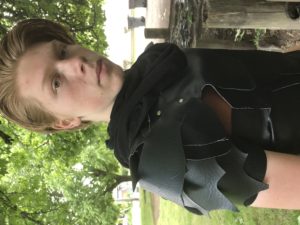
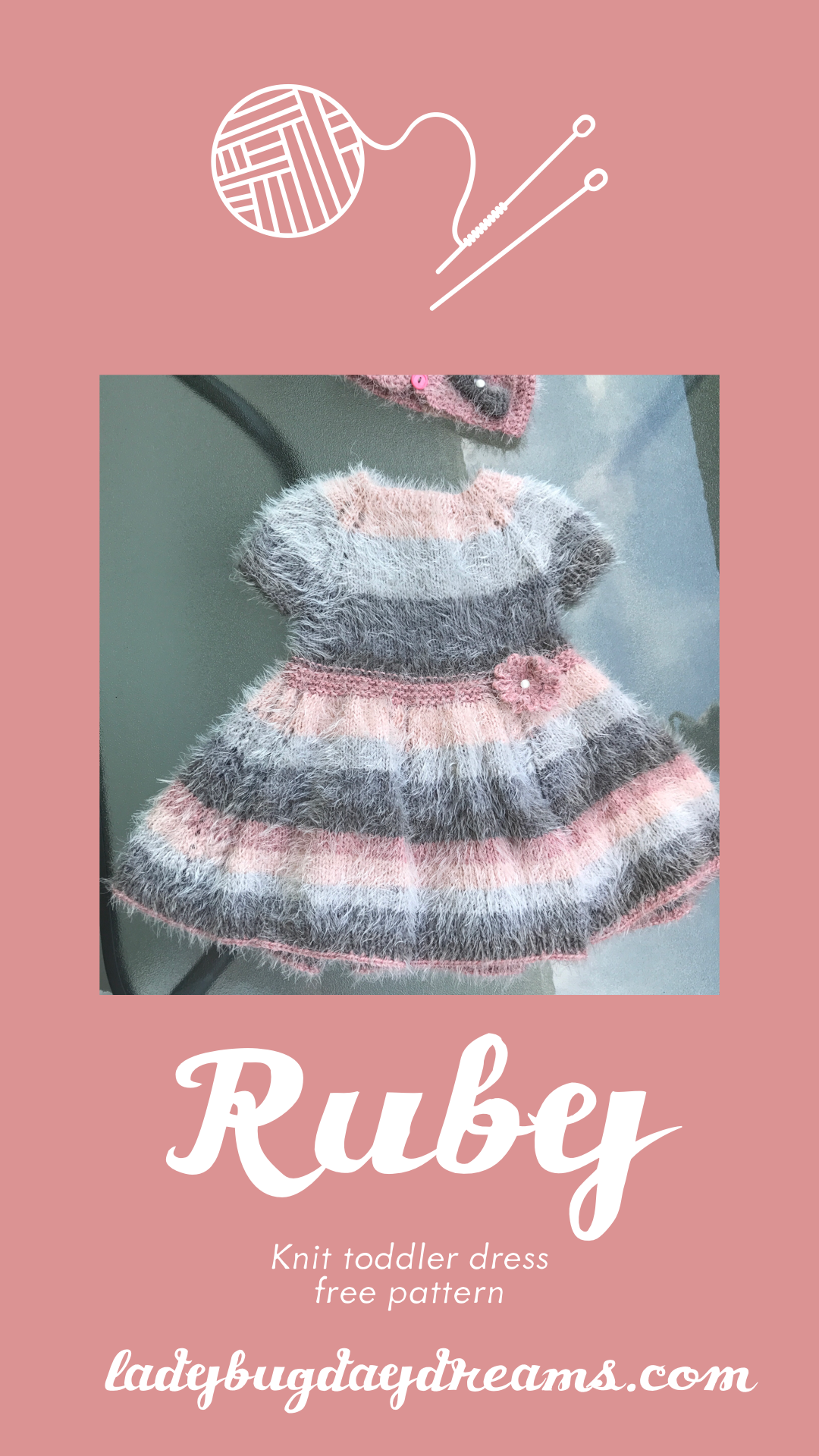
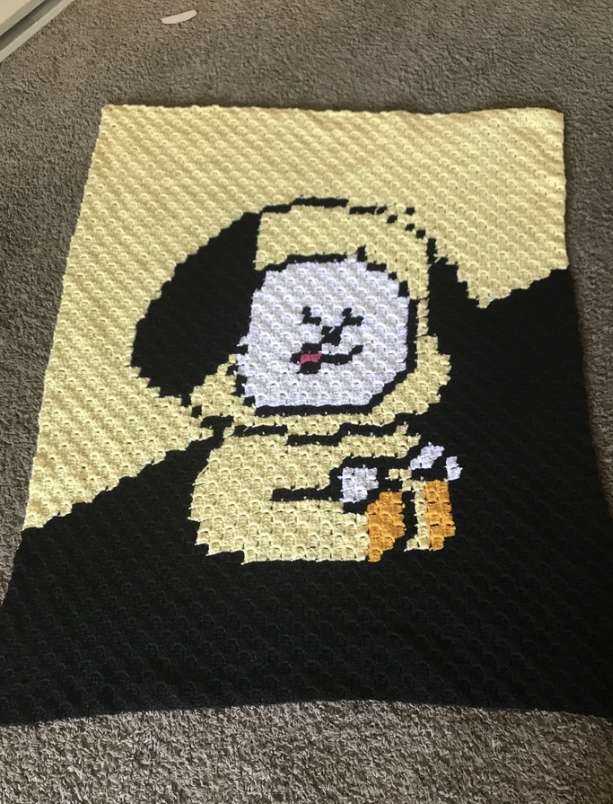
 My Teaching Library is a site that has a huge range of resources for kids PreK-12, and this makes it different from other services, and makes it different from what I thought it would be. I expected it to be mostly worksheets, but it’s so much more than that! You can browse their offerings by age/grade, subject, or newest resources. They have options for all your regular subjects (math, language arts, etc), but also some that can be harder to come by, like foreign languages (American Sign Language, French, or Spanish). In addition to standard things you’d use for your students, they also have classroom posters, printable diplomas, games, flashcards, and more. Let’s dig a little deeper into what we used in our home.
My Teaching Library is a site that has a huge range of resources for kids PreK-12, and this makes it different from other services, and makes it different from what I thought it would be. I expected it to be mostly worksheets, but it’s so much more than that! You can browse their offerings by age/grade, subject, or newest resources. They have options for all your regular subjects (math, language arts, etc), but also some that can be harder to come by, like foreign languages (American Sign Language, French, or Spanish). In addition to standard things you’d use for your students, they also have classroom posters, printable diplomas, games, flashcards, and more. Let’s dig a little deeper into what we used in our home.